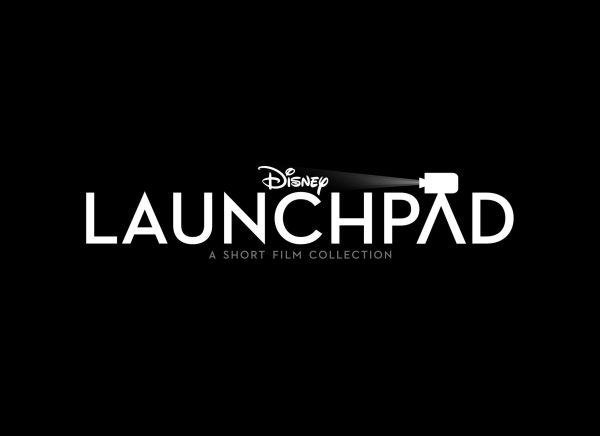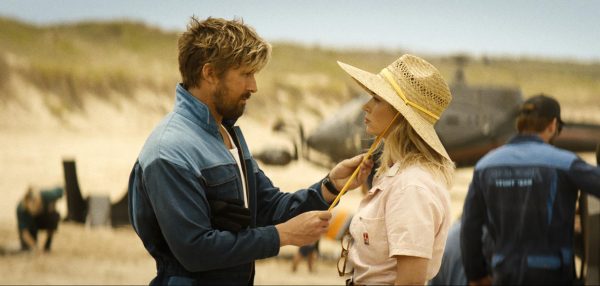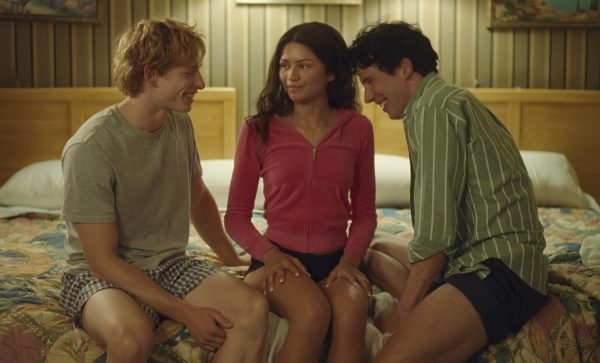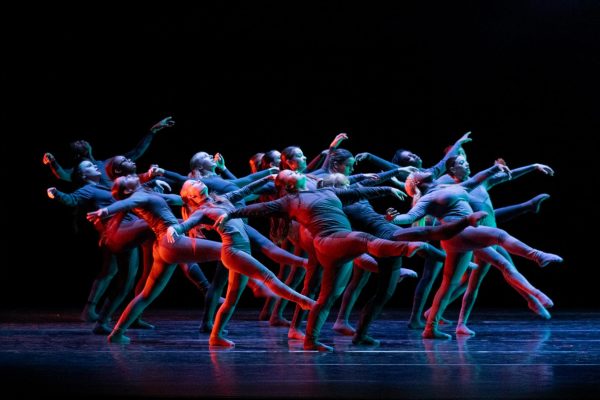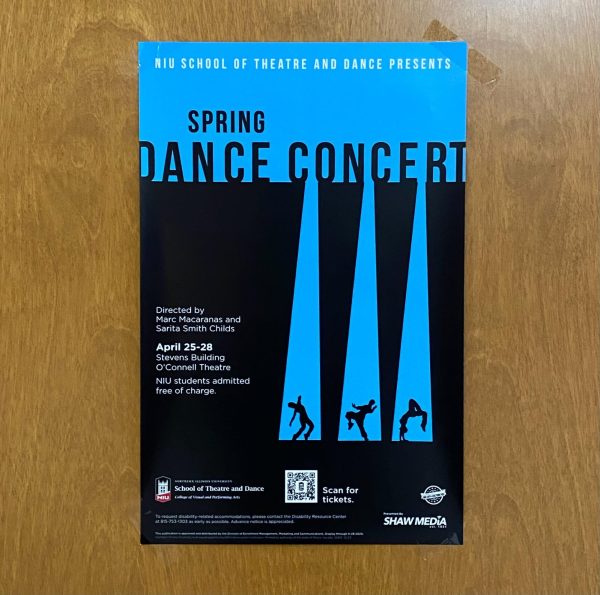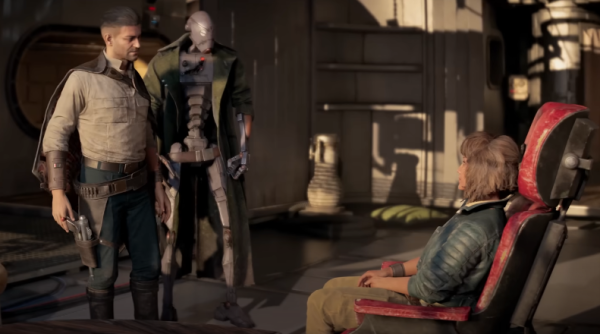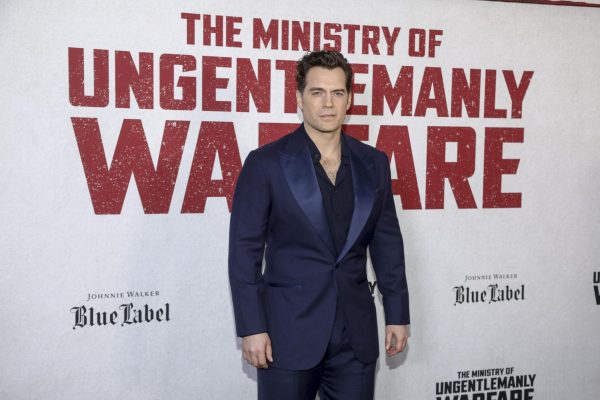Adaptations display originality
March 26, 2018
Out of the vast number of sequels, remakes and adaptations Hollywood has churned out in recent years, film versions of novels receive a special kind of scorn, generally boiled down to a dismissive “the book was better.” However, in light of recent successful film adaptations, the idea that films and books are separate but equal mediums each with their own merits and benefits is deserving of consideration.
Movie adaptations of literature are often easy to dismiss as the haughtiest of film critics may turn their noses up at any movie that seems to lack originality or acts as a cash grab profiting off of an already popular name.
Some of the finest films of 2017 however, were based on written source material, many of them nominated for Academy Awards. Though “Call Me By Your Name” won the category of Best Adapted Screenplay, its competitors, including “Molly’s Game” and “Mudbound,” were brilliant standalone films as well, not suffering at all from the fact their content was not wholly original in nature, all being based on novels.
Films, of course, often are not able to capture the full scope of the story presented in a novel and cannot communicate thoughts and ideas in the same way a written description can.
Film, however, is a seperate art form from literature. Where literature has strength, film has weaknesses, such as the fact a film is generally limited to be anywhere from 90 minutes to three hours, whereas books do not have these same length restrictions.
However, this idea can also be reversed. Visual cues such as framing, lighting and photographic design are able to create a picture that communicates 1,000 words. Music and sound design are able to emphasize emotions which may be difficult to put into writing.
A testament to the creativity that goes into putting written work onto the silver screen are the instances where film adaptations have taken a source material and molded it into a unique and original piece of cinema with merit that goes beyond the original work.
A recent example of this is Alex Garland’s adaptation of Jeff Vandermeer’s 2004 novel “Annihilation.” While the book focuses largely on the environmental consequences of current corporate practices, the movie released Feb. 23, is a piece about identity and what it means to be human. Though the book and movie differ largely, they are unique pieces cut from the same cloth.
“A Wrinkle In Time” is another literary work filled with such strange and vivid imagery that it would be nearly impossible to please any die hard Madeleine L’Engle fan with a film adaptation. While the movie did receive criticism for its so-called failed attempts to capture what the book conveyed in writing, supporters of liberal film adaptations praised the film for its innovative interpretation of the book’s fantastical landscapes.
Several film adaptations of books have gone down in history as some of the finest pieces of cinema of all time. “To Kill a Mockingbird,” “Doctor Zhivago,” “The Big Sleep” and “Gone With the Wind” can be found on any number of best films lists and are staples of college film curriculum. The Harry Potter and Lord of the Rings franchises would be far meeker without the books’ on-screen counterparts.
Given that at this point in time, most stories have already been told in some shape or form at some point in time, the merit of a film can no longer be determined by the distinctiveness of every plot detail. Instead, and perhaps because of this, the true emotion and intention behind the visual and tonal choices made in a film can be weighed for the way they make audiences feel. In a culture where nothing is wholly original, true originality shines through by innovating on what already exists.



